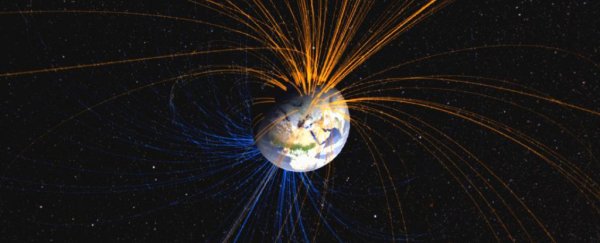Biomedicines, Vol. 11, Pages 3090: Evaluation of Disease Activity in Inflammatory Bowel Disease: Diagnostic Tools in the Assessment of Histological Healing
Biomedicines doi: 10.3390/biomedicines11113090
Authors: Alina Ecaterina Jucan Otilia Gavrilescu Mihaela Dranga Iolanda Valentina Popa Ioana-Ruxandra Mihai Vasile-Claudiu Mihai Gabriela Stefanescu Vasile Liviu Drug Cristina Cijevschi Prelipcean Radu-Alexandru Vulpoi Oana-Bogdana Barboi Irina Ciortescu Catalina Mihai
Inflammatory bowel disease (IBD) comprises two types of chronic intestinal disorders: Crohn’s disease and ulcerative colitis. In long-standing ulcerative colitis disease activity, histological persistent inflammation has been linked to an increased risk of relapse, and long-term corticosteroid use, even when endoscopic remission is reached. In Crohn’s disease, the discontinuous nature of lesions and transmural inflammation have limited the standardized histological assessment. The current evidence from research proposes that besides clinical and endoscopic healing, the achievement of histological healing constitutes an endpoint to assess disease activity and remission in IBD patients concerning better long-term disease outcomes. Histological alterations may persist even in the absence of endoscopic lesions. For these reasons, new advanced techniques promise to revolutionize the field of IBD by improving the endoscopic and histologic assessment, disease characterization, and ultimately patient care, with an established role in daily practice for objective assessment of lesions. This review outlines the importance of including microscopic evaluation in IBD, highlighting the clinical benefits of a deep state of disease remission using validated diagnostic methods and scoring systems for daily clinical practice.

 5 months ago
28
5 months ago
28


